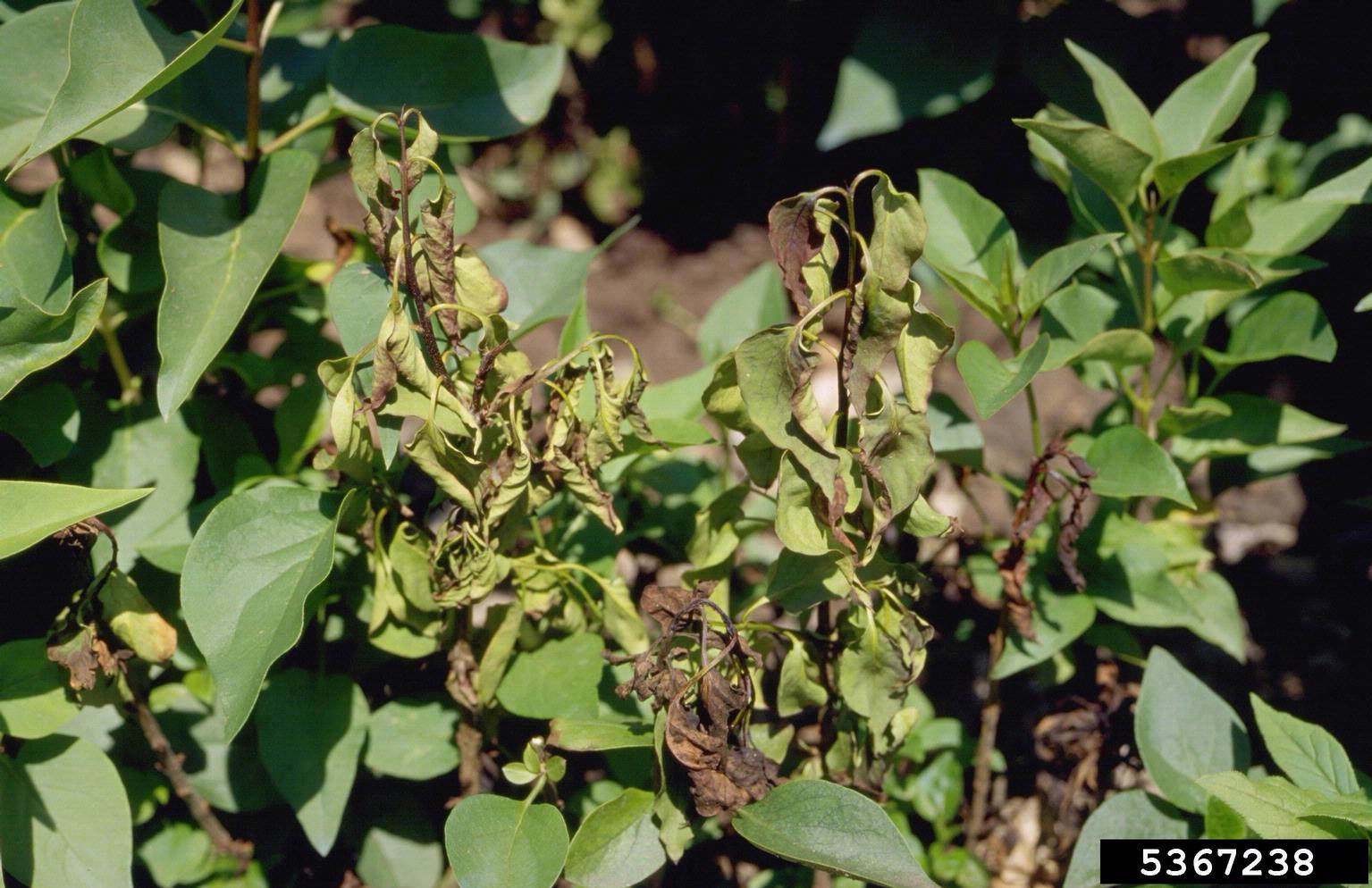Treating Common Lilac Problems: What To Do For Pests And Diseases Of Lilac


Shakespeare memorialized the sweet smell of the rose, but obviously, he hadn't so much as sniffed a lilac, the undisputed perfumed queen of the spring. These beautiful, hardy bushes are a great addition to your landscape because they tend to be easy to care for, and the problems with lilac bushes are mostly minor. Even so, it's best to be prepared if you have a run-in with lilac pests and diseases, so we made up a list of common lilac problems you may encounter.
Common Diseases of Lilacs
Although lilacs are a hardy bunch, they can succumb to problems like any other landscape shrub. Be on the lookout for these diseases:
Bacterial blight - The bacteria Pseudomonas syringae causes early shoot and branch dieback, distorted leaves, and leaf spots that start out olive green but soon develop water-soaked areas. Those spots turn brown with yellow margins and begin to die. Blossoms may become limp or turn brown suddenly. Pruning away the diseased material and thinning the inside of the shrub is the best way to control this disease, but if the infection is widespread, a copper fungicide will help kill it quickly.
Powdery mildew - Powdery mildew is probably the most common problem in lilacs. It's caused by a variety of fungal pathogens that result in leaves with a powdered appearance, either in tightly organized spots or spread across the surfaces. Increasing the air circulation around infected leaves is the best treatment, so make sure to thin your plants yearly.
Leaf spots - Leaf spots are another fungal problem caused by a variety of pathogens. When you see tan spots appear on your lilac leaves, with or without causing the leaves to fall, you've likely got one of the many leaf spot diseases on your hands. As with powdery mildew, this problem is a result of high local humidity, so thin that shrub and clean up all fallen debris to prevent future infections.
Common Lilac Pests
Lilacs attract just a few serious pests, most of the caterpillars and leaf miners that may visit aren't anything to be worried about. However, if either of these pests appear, it's time for action:
Scales - Scales can be difficult to detect. Many species look like cottony or waxy growths on the stems and branches of landscape shrubs. If you lift their covers though, you'll find very small, brightly colored insects underneath. Scales are best treated with repeated applications of neem oil, spaced seven to 14 days apart. When they're clustered together in one section of the plant, pruning them out is an excellent option.
Sign up for the Gardening Know How newsletter today and receive a free copy of our e-book "How to Grow Delicious Tomatoes".
Borers - The larvae of the clearwing moth is a boring insect that prefers to feed on lilacs. These tiny caterpillars spend most of their lives inside the stems and branches of your plant, only emerging to mate. Effective management centers around keeping the lilac healthy and happy, since sick plants are much more likely to attract borers. They have a number of natural enemies that will pick them off when the lilac is stronger and less appealing.

Kristi Waterworth was a regular contributor to Gardening Know How for many years, answering countless queries on plant pests and diseases.